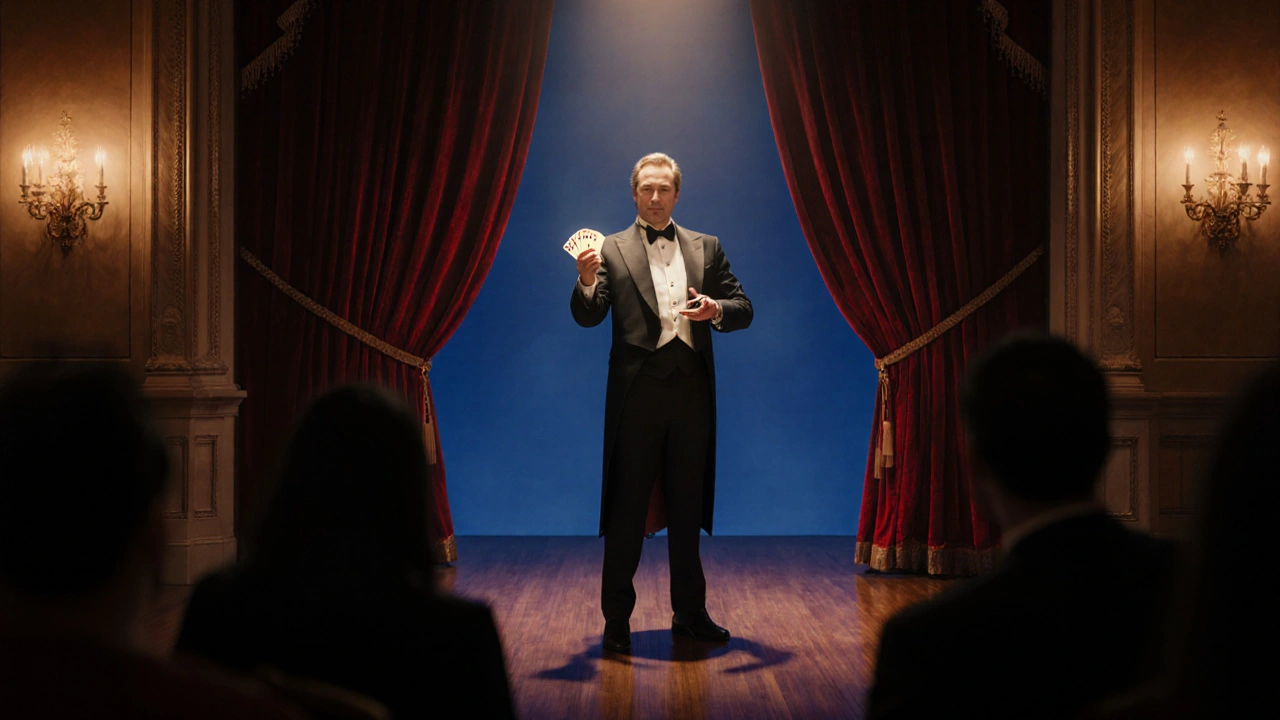Science of Illusion: How Perception Fuels Magic
When working with science of illusion, the study of how perception, cognition, and visual tricks create magical experiences. Also known as illusion science, it explains why we see the impossible and how performers exploit those gaps.
At the heart of every baffling performance sits science of illusion. The field encompasses many sub‑disciplines, and one of the most popular is mentalism, a performance art that mimics mind‑reading using suggestion and psychology. Mentalism requires a deep grasp of human expectation, and it influences how audiences interpret vague statements as precise insights.
Understanding psychology, the scientific study of behavior and mental processes that underpins many illusion techniques is essential. Cognitive biases, like the Barnum effect, let a performer turn a general comment into a personal revelation. Psychology provides the toolbox for cold reading, while the brain’s pattern‑seeking nature makes the illusion feel real.
Another cornerstone is misdirection, the deliberate steering of audience attention away from secret moves. Misdirection requires precise timing and body language, and it creates the space where a hidden switch can happen unnoticed. When a magician looks at a participant, the audience’s eyes follow, leaving the hand free to manipulate the deck.
Beyond techniques, the language of a trick matters. magic words, specific phrases that trigger psychological responses and heighten the effect of a trick act like verbal catalysts. Saying “thank you” or “now” at the right moment can amplify suggestion, making the climax feel inevitable. Magic words interact with misdirection and psychology to lock the audience’s belief in place.
Key Concepts Behind the Tricks
Cold reading, forcing, and prediction all sit under the umbrella of the science of illusion. Cold reading uses subtle cues to guess details, while forcing narrows choices so the outcome appears pre‑ordained. Prediction tricks often combine a hidden reserve with a verbal cue, letting the performer seem to see the future. Each of these methods relies on the audience’s trust in what they perceive, a trust that the performer carefully builds and then bends.
All of these ideas weave together to form a rich tapestry of wonder. In the collection below you’ll find deep dives into mentalist secrets, step‑by‑step mind‑reading demos, guides on crafting the perfect magic word, and practical tips for mastering misdirection. Whether you’re a curious beginner or a seasoned performer, the articles ahead unpack the science that makes every illusion feel impossible.

Magic Tricks: The Artful Science Behind Every Illusion
- by Crystal Berry
- on 9 Oct 2025
Explore how magic tricks blend storytelling, perception tricks, physics, and sleight of hand, offering a guide to mastering the artful science behind every illusion.
